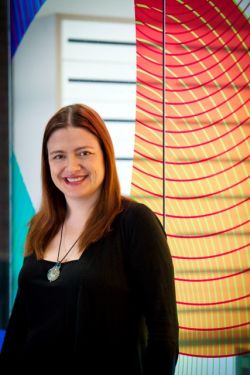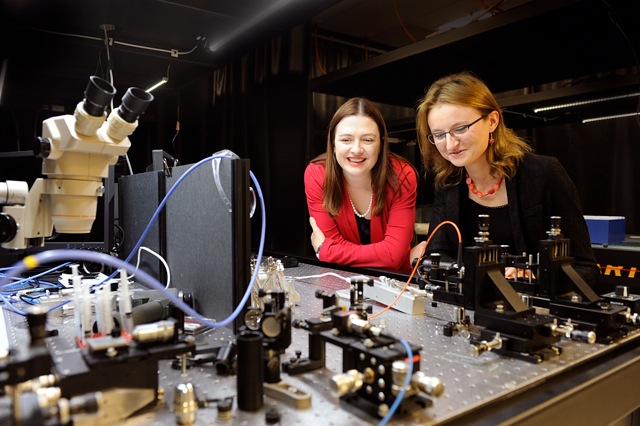
The most exciting thing I have done is realise how advances in one area can allow us to leap forward in another area. One example is when I realised that the techniques we were starting to use to create "holey" optical fibres in silica glass with new and interesting properties could be transferred to novel "soft" glass materials, thus eliminating materials compatibility issues that were plaguing the field and enabling many interesting optical materials to be transformed into fibre form. When you have that moment of insight it is a real buzz, and it is a wonderful feeling when you follow the idea right through to demonstration and see people using the result in practice to do something entirely new.
In 50 years the science my team and I are working on will have created new tools for measuring biological processes on the nanoscale that will have transformed the capacity of biological scientists to probe cellular processes in living systems, and created new devices for medical diagnostics and treatment.
For me the most significant problems are those that combine science challenges with the need for new technologies driven by real and pressing practical requirements. Examples span from the development of a new approach to monitoring corrosion in otherwise difficult to access structures such as the joints within aircraft and the demonstration of a new sensing platform for detecting early stage gastric cancer.
Richard Feynman, for his truly lateral and creative approach to physics, grounded in engaging and practical demonstrations. He was also one of the great science communicators, whose joy for science was infectious.
At school I was blessed with an extraordinary physics teacher who opened my eyes to the power of physics in describing our world and the elegance with which the language of mathematics lets us use physics to predict how things work. From then I knew that I wanted to push the boundaries of knowledge in physics.

© 2026 Australian Academy of Science